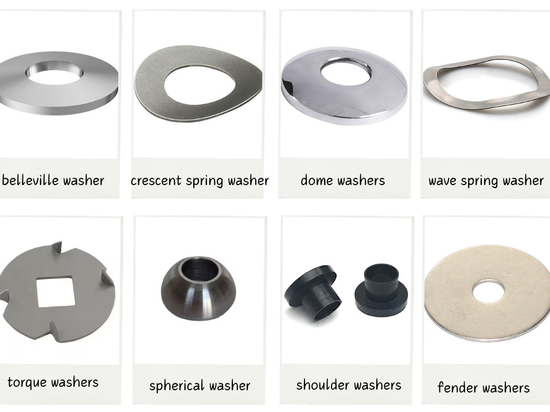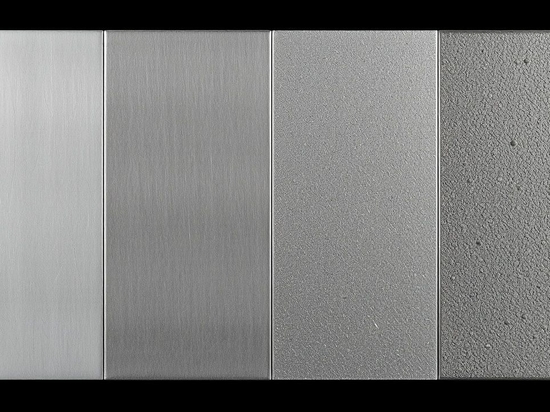
#Industry News
Types of turning operations
8 common turning operations
1. External Turning
External turning is one of the most basic turning operations and is usually used to reduce the outer diameter of a workpiece. By moving the tool along the length of the workpiece, the material is removed to obtain the desired diameter and surface finish. This process is suitable for machining cylindrical parts such as shafts or bars.
2. Facing
Facing is to move the tool in the radial direction of the workpiece to machine the end face of the workpiece. This operation is usually used to make the end of the workpiece flat and smooth and determine the length of the workpiece. During the machining process, the tool moves from the outer edge of the workpiece to the center.
3. Grooving
Grooving is to machine a narrow groove or groove on the outer or inner surface of the workpiece. This operation is used to make annular grooves, keyways or other specific geometries. Grooving usually requires a dedicated tool to ensure that the depth and width of the groove meet the requirements.
4. Parting
Parting is used to separate the workpiece into two parts, usually at the end of the turning operation. The splitting tool cuts into the workpiece until it is completely cut off. This operation requires the tool to have high rigidity and sharpness to ensure clean and accurate cutting.
5. Threading
Threading is used to cut threads on the outer surface or inner hole of the workpiece. The threading tool moves at a precise feed rate to form the pitch and shape of the thread. This operation is often used to make bolts, nuts or other parts that require threaded connections.
6. Boring
Boring is an operation used to enlarge or accurately machine internal holes. By moving the boring tool along the inner hole of the workpiece, the hole diameter can be increased or the shape of the hole can be adjusted. Boring is often used to machine bearing holes, pipes or other internal holes that require high precision.
7. Internal Turning
Internal turning is similar to external turning, but the operation object is the inner surface of the workpiece. By moving the tool in the inner hole, the hole diameter can be reduced or the geometry of the inner surface can be machined. This operation is often used to machine the inner wall of cylindrical parts.
8. Contour Turning
Contour turning is a complex turning operation used to machine non-linear or complex outer contours. By moving the tool along a predetermined path, a tapered, curved or other irregular outer contour can be obtained. This operation requires precise programming and tool control to ensure machining accuracy.
Each turning operation plays an important role in specific machining conditions. Depending on the shape, size and requirements of the workpiece, choosing the right turning method is the key to ensuring product quality. To learn more about CNC turning, please visit our official blog.






